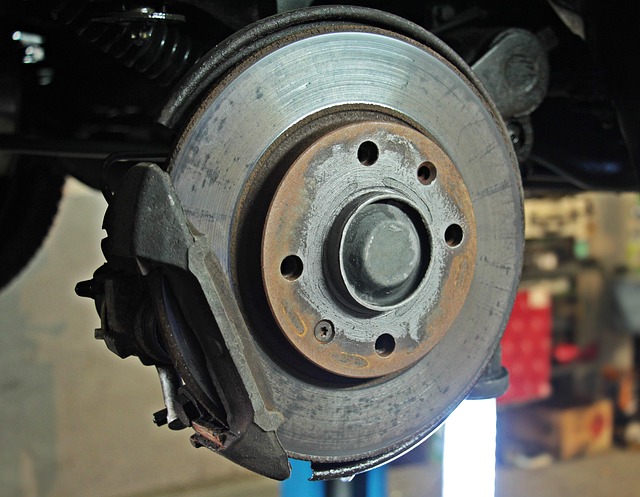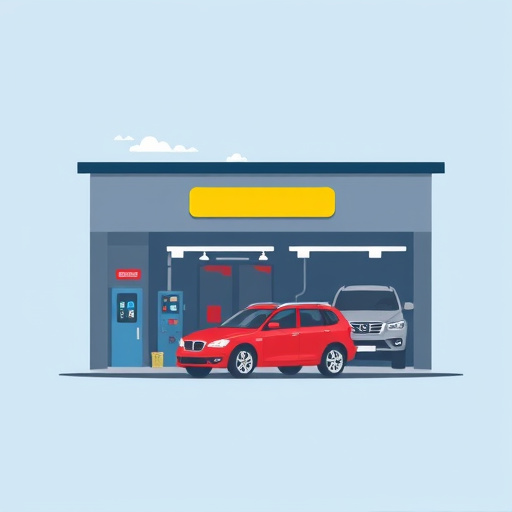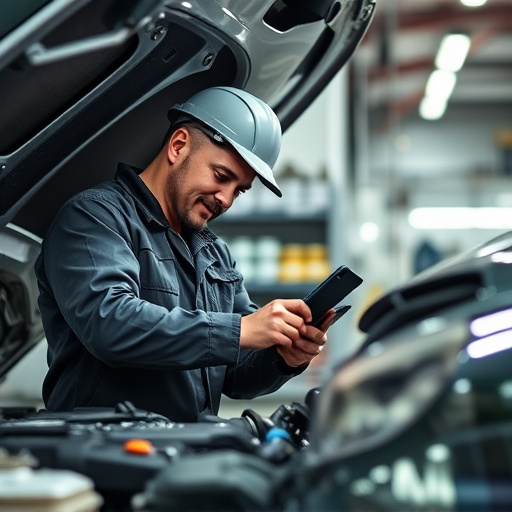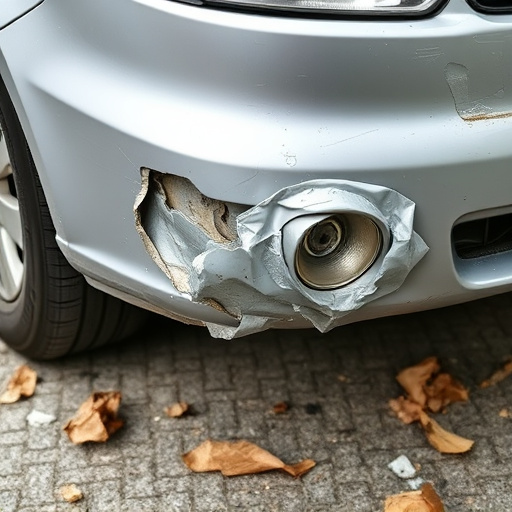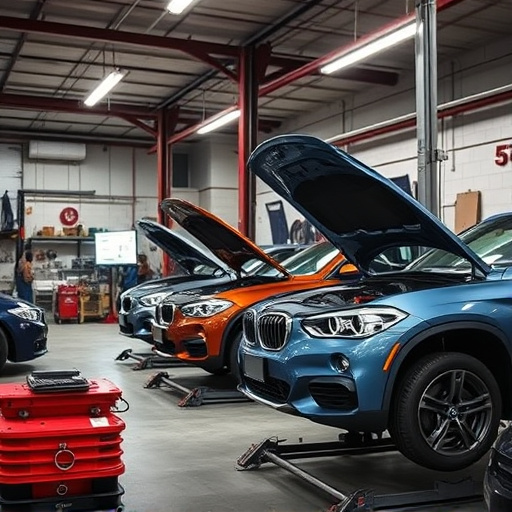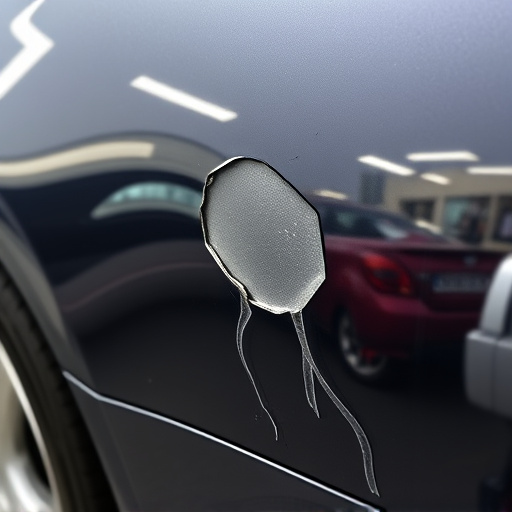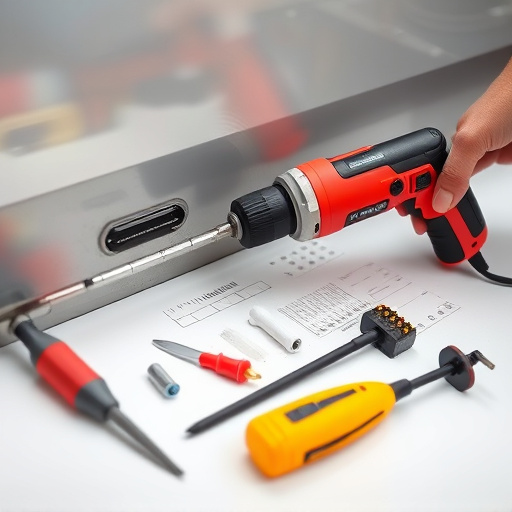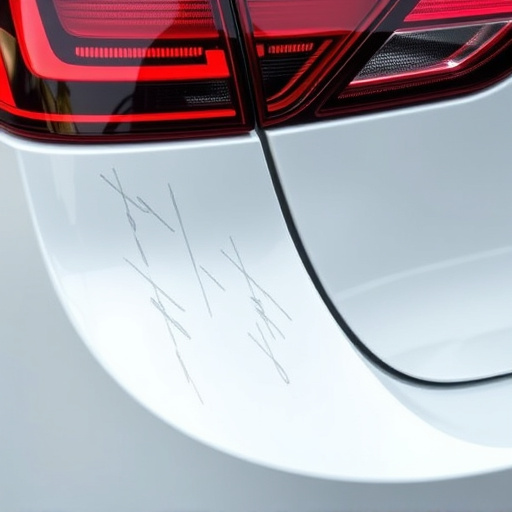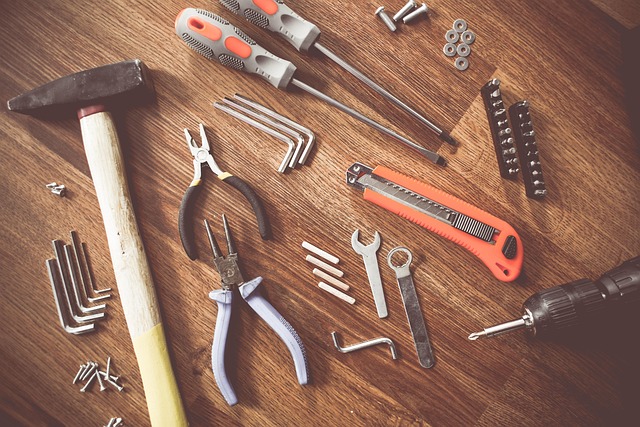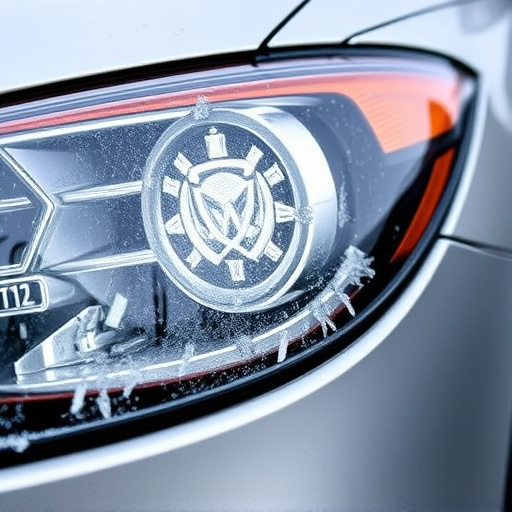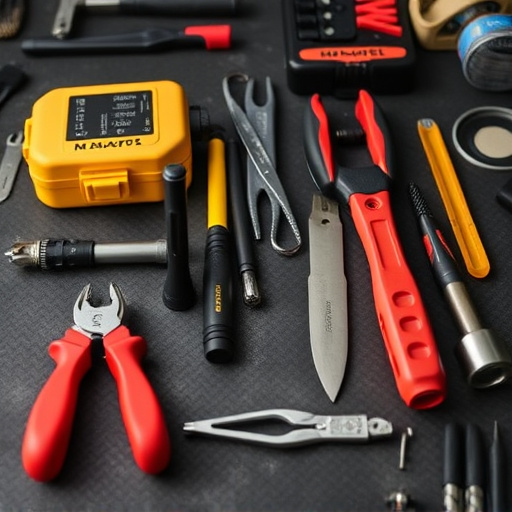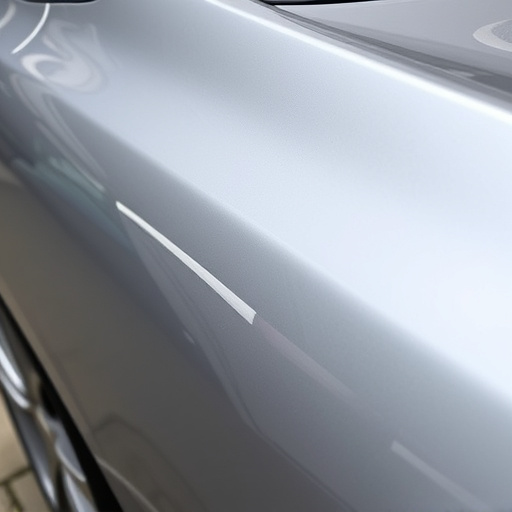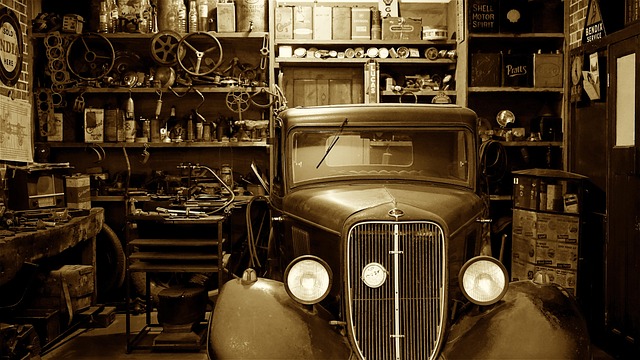Before starting an auto body restoration project, assess your skills and gain expertise through courses or mentorship. Gather appropriate tools, understand techniques, maintain a clean workspace, and prioritize safety. Equip your workspace with specialized tools for complex work. Plan meticulously, study industry standards and advancements, and build a robust foundation for success.
Dreaming of turning old cars into classics? Starting an auto body restoration business can be both challenging and rewarding. Before you crack your first fender, Assess your skills honestly – this isn’t a DIY project for everyone. Then, Gather the right tools and equipment to ensure quality repairs. Finally, lay a solid foundation with thorough planning; each step from estimating costs to choosing finishes will influence the final result. With the right preparation, you’ll be on your way to mastering the art of auto body restoration.
- Assess Your Skills and Prepare
- Gather Essential Tools and Equipment
- Start with a Solid Foundation and Planning
Assess Your Skills and Prepare

Before tackling an auto body restoration project, it’s crucial to assess your skills and prepare accordingly. Auto body restoration is a meticulous and skilled trade that requires a keen eye for detail and a solid understanding of automotive construction. If you’re new to this field, consider taking courses or seeking mentorship from experienced professionals in the industry. This will equip you with the necessary knowledge and hands-on experience to handle various aspects of car damage repair, from assessing and fixing minor dents and scratches to more complex structural repairs.
Proper preparation is key to ensuring a successful auto body restoration. Gather all the essential tools and equipment needed for the job, including specialized cars scratch repair kits, sandpaper, primer, paint, and protective gear. Familiarize yourself with the different types of auto body services and the techniques involved. Ensure your work area is well-ventilated and organized to minimize mess and maximize efficiency. Lastly, always prioritize safety by staying up-to-date with industry standards and regulations for auto body restoration.
Gather Essential Tools and Equipment
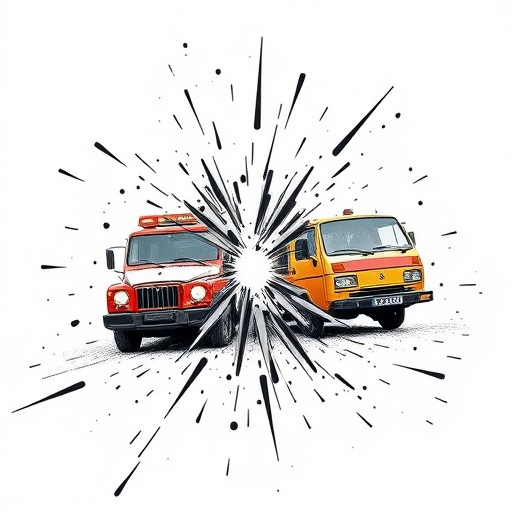
Before you begin any auto body restoration project, ensure your workspace is equipped with the necessary tools and equipment for the task at hand. An extensive toolkit is essential, as it will vary depending on whether you’re tackling a paintless dent repair, frame straightening, or other intricate tasks. Basic essentials include specialized hammers, dollies, and clamps for safe and precise manipulation of car panels without causing further damage.
For more complex auto body restoration work, invest in quality tools designed for professional-grade results. This might involve acquiring an array of sandpaper with various grits, paint applicators, and brushes, along with a reliable air compressor. Remember, the right tools can make all the difference in achieving flawless outcomes in your auto body restoration endeavors.
Start with a Solid Foundation and Planning

Starting an auto body restoration venture requires a solid foundation and meticulous planning to ensure success. Before lifting a single panel or applying any repair techniques, it’s crucial to familiarize yourself with the intricacies of auto body repairs and gain a comprehensive understanding of classic car restoration processes. This step is vital as it sets the tone for the entire project.
Begin by researching industry standards, safety protocols, and the latest advancements in auto body services. Study various techniques, tools, and materials used in the trade. Whether you’re focusing on modern vehicles or classic car restoration, having a solid grasp of these fundamentals will provide a strong base for your journey.
Starting an auto body restoration journey requires careful preparation and a solid understanding of the process. By assessing your skills, gathering the right tools, and laying a strong foundation, you’re well on your way to becoming an expert in auto body restoration. Remember, each project is unique, so planning and adaptability are key. With dedication and the right approach, you can turn broken vehicles into like-new ones, making a rewarding impact on both cars and communities.

